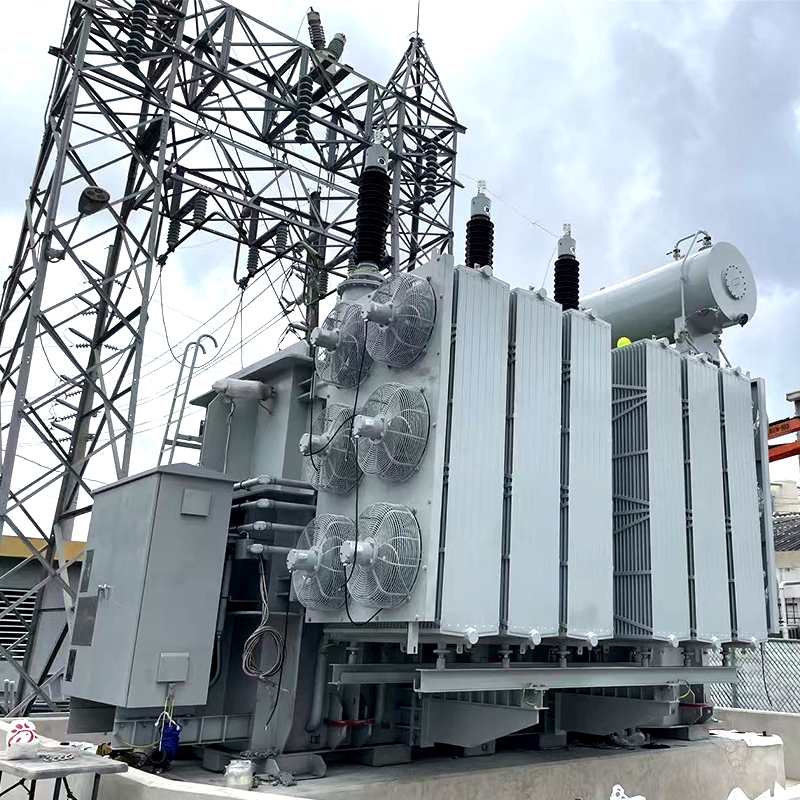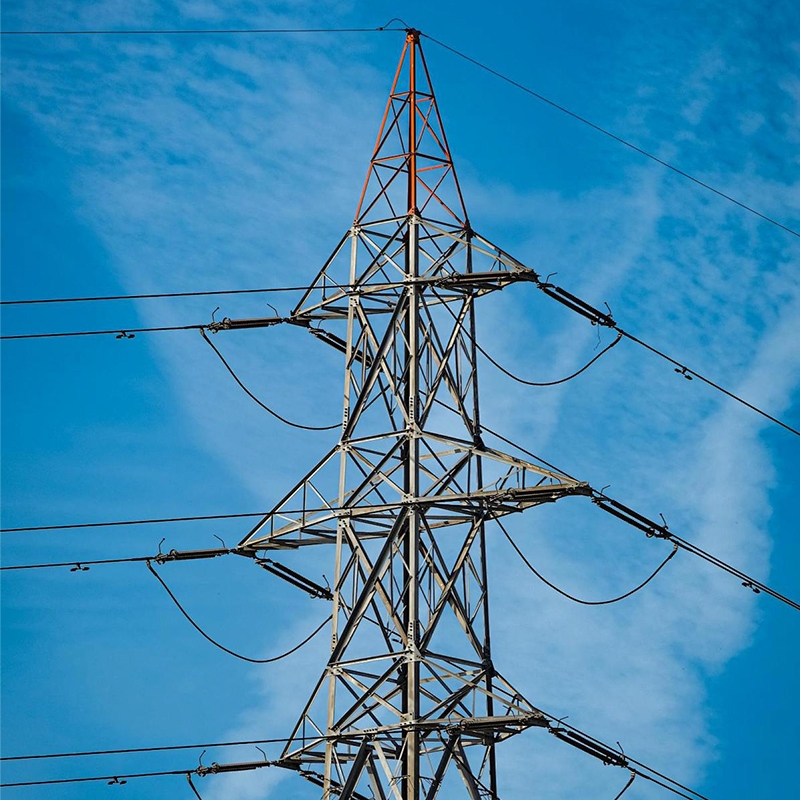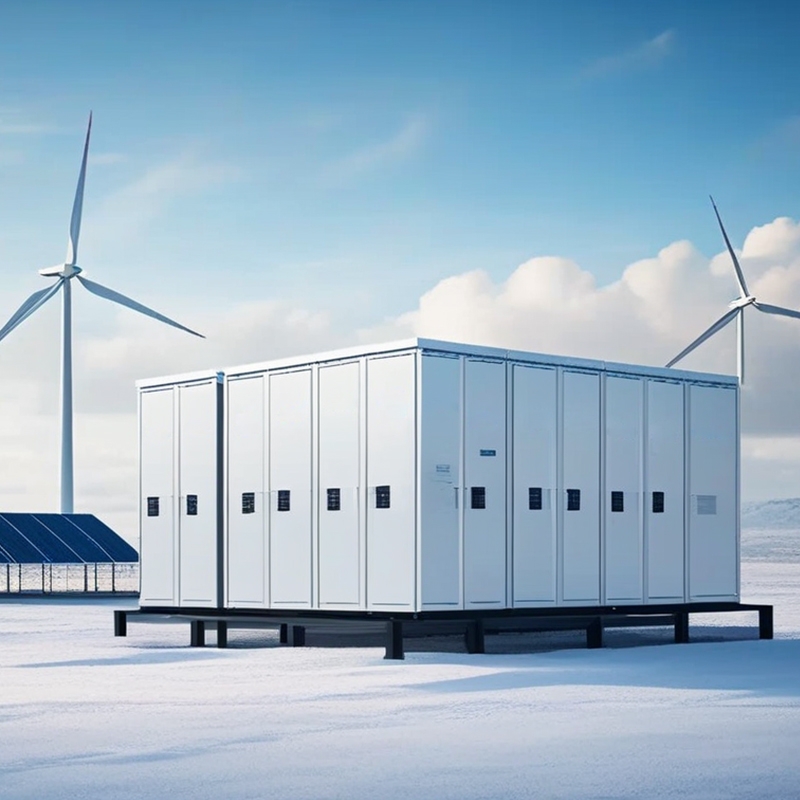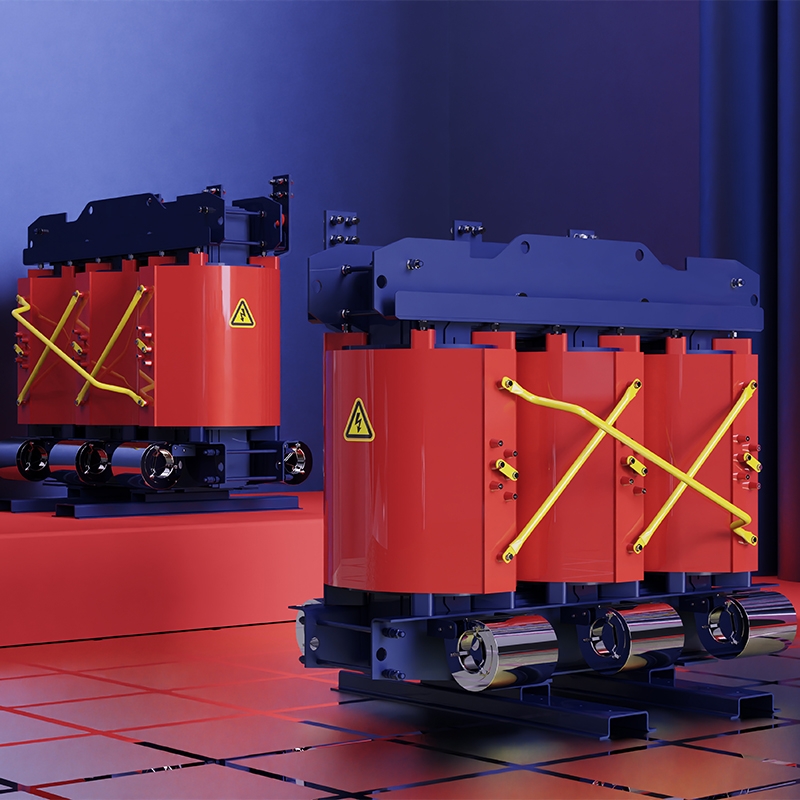How much kW power can the 1000kVA transformer carry? After reading this, you will understand!
Do you think in practical applications, 1000kVA transformer can probably carry how many kW of active power? Guess first and then read on! In the industrial scenario, for example, when the power factor is 0.9, the 1000kVA transformer can carry 900kW of active power. In the civil scenario, if the power factor is 0.85, it can carry 850kW. But don't worry, it's not over! In addition to the power factor, the load rate of the transformer is also a key factor affecting its carrying capacity. Load rate, in short, is the ratio of the actual load carried by the transformer to its rated capacity. In order to ensure the long-term stable operation of the transformer, the load rate is generally recommended to be controlled between 75% and 85%. Assuming a load rate of 80%, the actual apparent power output of the 1000kVA transformer is reduced to 800kVA. Combined with the power factor of the above different scenarios, the corresponding active power is 720kW in the industrial scenario and 680kW in the civil scenario. This isn't over! Different types of electrical equipment will also have an impact on the carrying capacity of the transformer. Equipment with impact load, such as welding machines and large motors, will generate huge current at the start of the moment, causing a huge impact on the transformer. Therefore, when configuring the transformer, it is necessary to consider the impact of the starting current of such equipment, and take technical measures to reduce the starting current when necessary. Do you have this type of shock load equipment in your home or workplace? If so, do you understand their effect on transformers? In addition, environmental factors cannot be ignored. Heat is generated during transformer operation, and the ambient temperature, ventilation and heat dissipation conditions are directly related to its heat dissipation effect. In high temperature environments or poorly ventilated places, the transformer is difficult to dissipate heat, the temperature rises, the insulation performance decreases, and then affects its carrying capacity. Therefore, in the high temperature period or harsh environment, it is necessary to properly reduce the carrying power of the transformer to ensure its safe and stable operation. In summary, the power consumption of 1000kVA transformer carrying kW is not a fixed value, but is affected by many aspects such as power factor, load rate, electrical equipment type and environmental factors. In the actual power planning and application, we need to fully consider these factors, through scientific and reasonable calculation and configuration to ensure that the transformer can meet the current demand for electricity and ensure long-term stable and safe operation. Now, do you have a deeper understanding of the load-carrying capacity of a 1000kVA transformer? I hope this article can answer your questions and provide useful insights and solutions!




